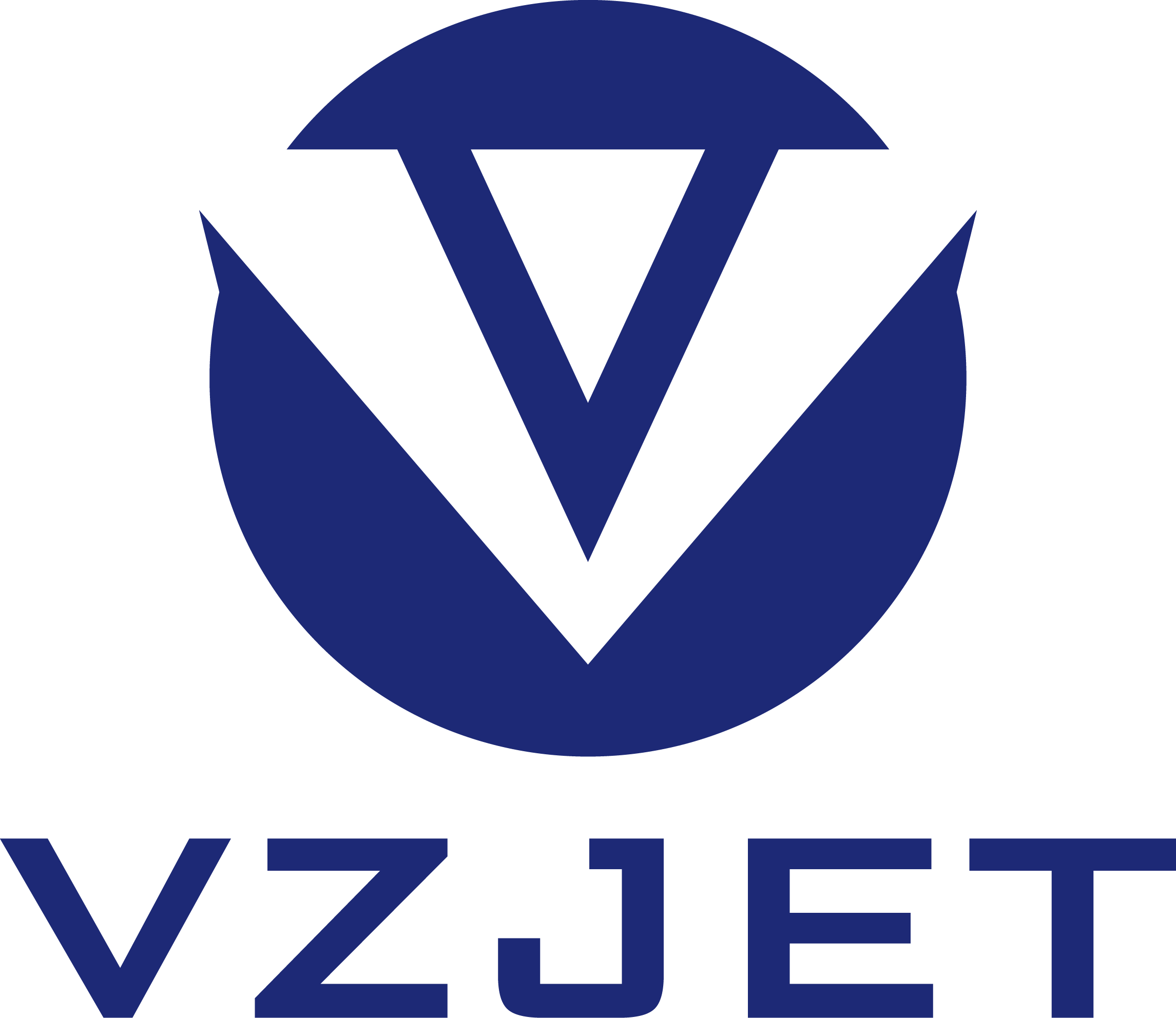Information
Application Scope of Quick-Drying Ink for Inkjet Printers
11 Aug,2025
Quick-drying ink for inkjet printers is a special type of ink with fast drying speed (usually drying within a few seconds to dozens of seconds) and strong adhesion. Its core advantage lies in adapting to high-speed production scenarios, preventing marking defects such as smudging or blurring after inkjet printing. It has a wide range of applications covering multiple industrial fields, with specific classifications and explanations as follows:
1. Food and Beverage Industry
The food and beverage industry has extremely high requirements for production efficiency and hygiene standards. Quick-drying ink can match high-speed filling lines and must comply with food contact safety standards (such as FDA certification).
- Beverages: Inkjet printing on the surfaces of bottles (PET bottles, glass bottles, cans) for bottled water, carbonated drinks, fruit juices, beer, etc., marking production dates, shelf lives, batch numbers, etc.
- Food packaging: Plastic/aluminum foil bags for instant noodles and snacks, packaging boxes for frozen foods (on the box surface or sealing area), paper packaging for baked goods, etc. The fast-drying property avoids contamination during packaging stacking.
- Fresh and cold-chain products: For food packaging in low-temperature environments (such as chilled meat trays), quick-drying ink must have low-temperature adaptability to prevent condensation from affecting drying.
2. Pharmaceutical and Medical Device Industry
- Pharmaceutical packaging: Inkjet printing on medicine bottles (plastic bottles, glass bottles), aluminum-plastic blister packs, and medicine box surfaces, marking drug batch numbers, expiration dates, production codes, etc.
- Medical devices: Marking production information and sterilization labels on disposable syringes, surgical instrument packaging, and medical consumables (such as infusion tube packaging bags).
3. Cosmetics and Personal Care Industry
- Packaging containers: Inkjet printing on skincare bottles (glass bottles, acrylic bottles), shampoo/body wash hoses, lipstick tubes, etc., marking expiration dates, batch numbers, and ingredient codes.
- Packaging boxes/labels: Color boxes, aluminum foil bags, etc. Fast drying avoids marking blurring caused by subsequent processing (such as laminating, stacking).
4. Electronics and 3C Industry
- Electronic components: Inkjet printing models and parameters on the surfaces of resistors, capacitors, and chips; printing traceability codes on PCB boards.
- 3C products and accessories: Inkjet printing serial numbers, specifications, and certification marks (such as CE, FCC) on plastic/metal surfaces of mobile phone casings, chargers, and data cables.
5. Building Materials and Pipes Industry
- Plastic pipes: PPR pipes, PVC pipes, PE pipes, etc., with inkjet printing of specifications (diameter, wall thickness), pressure levels, production standards (such as GB/T standards), and manufacturer information.
- Metal building materials: Inkjet printing of material models, lengths, and batch numbers on the surfaces of aluminum profiles, steel, and pipes. Some require resistance to rain and UV aging.
6. Tobacco Industry
Tobacco packaging (cigarette boxes, cigarette strips, cigarette cases) has extremely fast production speed. Quick-drying ink must dry instantly after high-speed printing to avoid smudging.
Traceability codes and anti-counterfeiting codes are printed on cigarette box surfaces; batch numbers, production dates, and outbound information are printed on cigarette strips and cases.
7. Logistics and Packaging Industry
- Express waybills: Inkjet printing of recipient information, barcodes, and waybill numbers on kraft paper and self-adhesive labels. Fast drying avoids smudging during transportation.
- Industrial packaging: Inkjet printing of logistics codes, destinations, and weights on the surfaces of corrugated boxes and wooden boxes, adapting to warehouse stacking scenarios.
Summary of Core Application Scenarios for Quick-Drying Ink
- Fast-paced production lines (such as beverage filling lines, tobacco packaging lines);
- Non-absorbent surfaces (plastic, glass, metal), where traditional ink dries slowly and is prone to smudging;
- Products requiring quick stacking and packaging (such as boxed/bottled food and cosmetics).
11 Aug,2025
Classification:
Information
Latest Contents
06 Aug,2025








